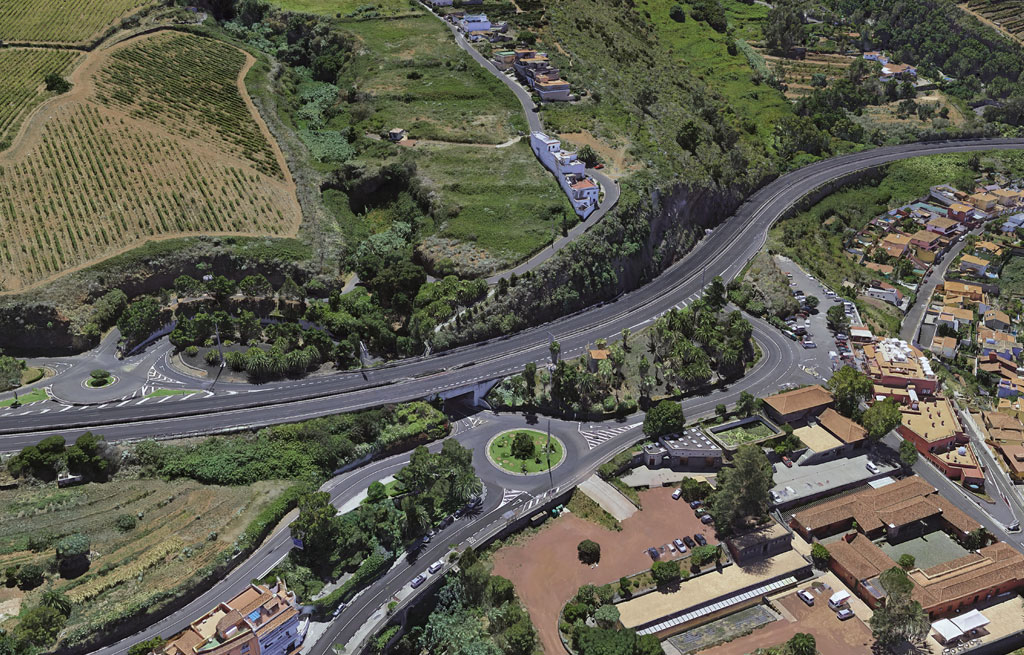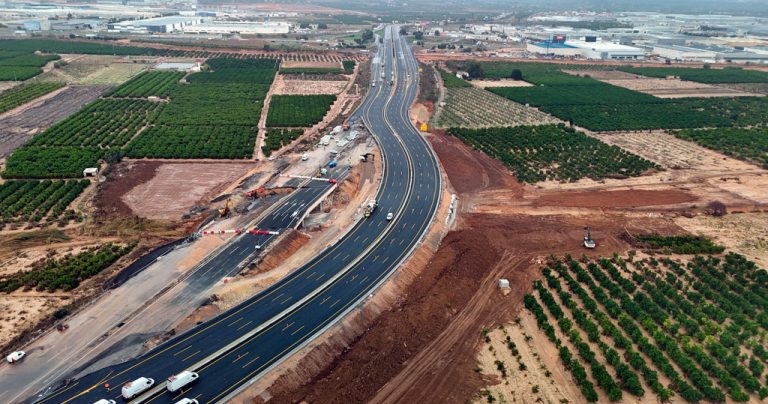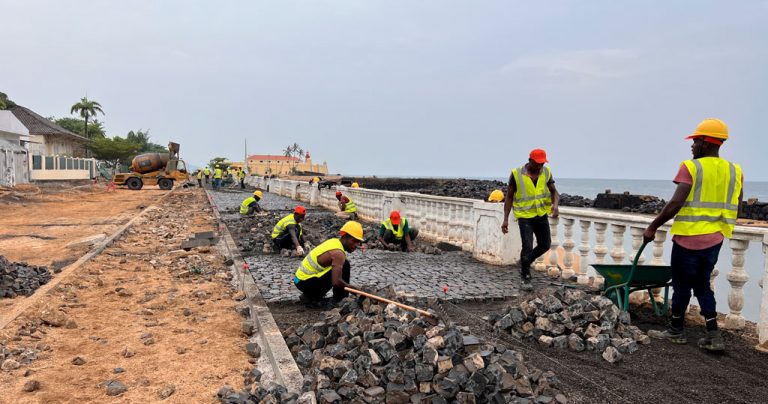The Autopista del Norte, or TF-5, is one of the main communication routes between the Santa Cruz de Tenerife–La Laguna metropolitan area and the rest of the island, providing links to the main northern towns.
The typical cross section of the motorway consists of two carriageways while the number of lanes varies depending on the slope and volume of traffic on each section. From Los Rodeos airport onwards, each carriageway has only two lanes. In addition, there is a stretch of complicated terrain that gives rise to the so-called El Sauzal curves, which continue for 2 km. These are not the usual features of a high-capacity road.
Modernisation and advanced communications technology, prioritising public transport
The Canary Island Regional Ministry of Public Works and Transport decided to improve this section of motorway, engaging TYPSA, in partnership with a local engineering company, to prepare the designs to widen 21 km of the TF-5 to three lanes, between Guamasa, close to the airport, and La Orotava. Alternatives were analysed for the area of the El Sauzal curves, resulting in construction of a 1,200 m long bypass in a twin tunnel through quaternary volcanic rock, with considerable geological and geotechnical risks. Consequently, the project required a major geotechnical survey, a careful design including extensive safety measures, and provision for a rigorous construction procedure that considers all the risks.
In addition to the design, TYPSA is also conducting a study on the possibility of adding a 33 km bus-HOV lane with ITS technology (Intelligent Transport System). The dedicated lane would run between Santa Cruz de Tenerife and Puerto de la Cruz and would operate depending on the level of motorway congestion. In particular, buses would not only cease to disrupt road efficiency but would also offer collective public transport that enhances inter-urban mobility.





